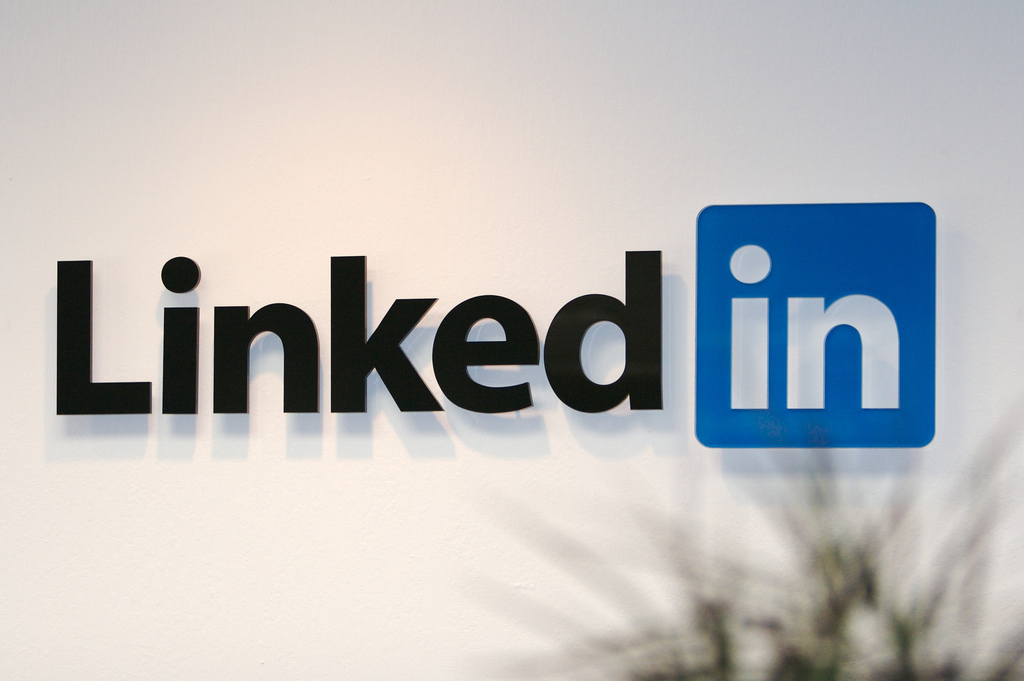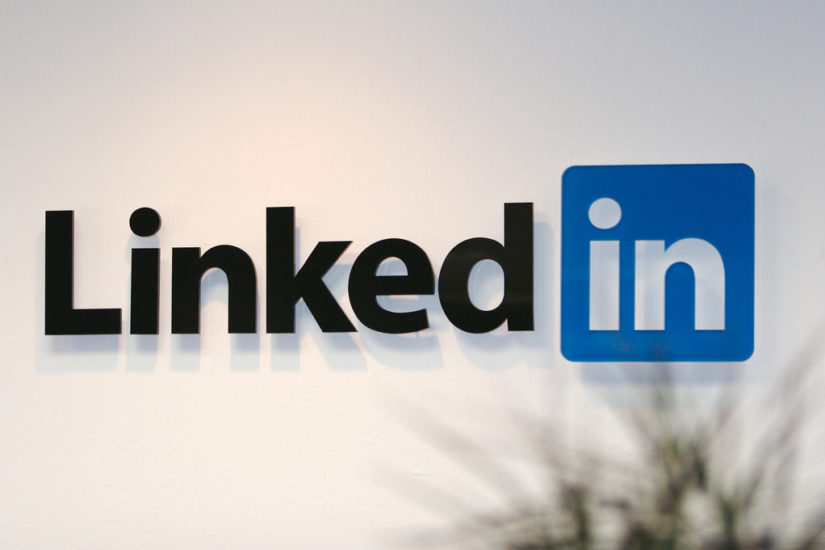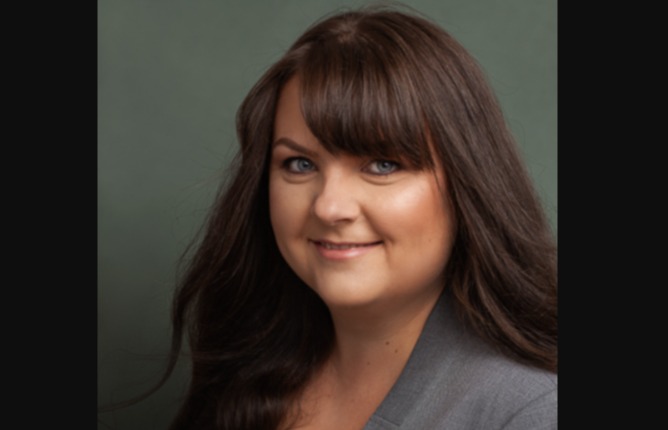Jessica Gohier is an AHSC graduate and has created her own company, called Profilia, in 2008. She specialises in resume and cover letter writing, LinkedIn profiles, job searches, and much more. Her philosophy is “centered on a professional yet personalized approach to fulfilling each client’s needs as individuals”. She offers many great tools and CV templates! To view them, go to: https://www.profilia.ca/
LinkedIn: https://www.linkedin.com/in/jessicagohier/Jessica
———————————————————————————————————————–
LinkedIn is becoming a hotter topic these days. You probably hear things like: “You MUST have LinkedIn” and “Having a LinkedIn will open you doors”. If you are like most students, you probably have a brief idea of what LinkedIn is, but have no idea what its purpose is, nor do you know how to use it. Thankfully, expert Jessica Gohier, the founder of Profilia, has enlightened us about the matter!
What is the goal of LinkedIn?
LinkedIn is first and foremost a networking tool, where you can connect with individuals across the world. LinkedIn is comprised of 1st, 2nd, and 3rd level connections. First level connects are individuals with whom you are directly connect – either you have accepted their invitation to connect, or they have accepted yours. Second level connections represent individuals who are connected with your first level connections. Finally, 3rd level connections are comprised of individuals who are connected with your 2nd degree connections.
You want to build connections with people that you have worked or are currently working with, or with individuals that you would like to work with. Indeed, LinkedIn can also be used for job hunting.
What should be included in my profile?
First, your LinkedIn profile should not be a copy of your resume; “it tells the same story, but it is told differently”.
A LinkedIn profile should not contain as many details as a CV and it should be told as a story, as opposed to bullet points describing tasks. What should it tell stories about, you may ask? Your education, as well as your work and volunteer experiences.
Anyone who is connected to the organizations included in your profile can actually see your profile. That is how one builds their profile. Furthermore, it is important for one to use the proper key words. In order to do so, one must gain conscience of “the message they are trying to craft”. From there, the terms utilized should correspond to the people you are trying to reach. Not having the proper key terms in your profile signifies that individuals will not be able to find you. Finally, your profile should also include a picture. In fact, profiles that do not include a picture usually do not get looked at.
What kind of picture should I have?
Individuals should include a professional picture that represents them well.
You want to aim for a headshot rather than a whole body shot, but no selfies!! Remember, this isn’t your passport picture – you can smile on your picture!!
If you are wondering where you can obtain such a photo, networking events usually have free photographers. If not, get dressed up and have a friend take a nice picture of you!
What are the benefits of having LinkedIn Premium?
Unless you are maximizing every single option that Premium offers, paying for this option is not worth it.
Premium allows one to go into private mode when looking at others’ profile
– this means that the individual whose profile you viewed will not know that you were the one to have looked at their profile. Rather, it will notify the individual that someone in private mode has viewed their profile.
This option also gives access to extra features about job search and to message individuals without having them be part of your network.
Quite honestly, Premium is good for recruiters or individuals who are trying to grow their own business. A trick to message an individual who is not part of your network is to be part of, or like, the same groups as them. Doing so will allow you to message them.
————————————————————————————————————————-
**Stay tuned for the second article, featuring Jessica’s expertise regarding what you should be posting on your LinkedIn profile!**





